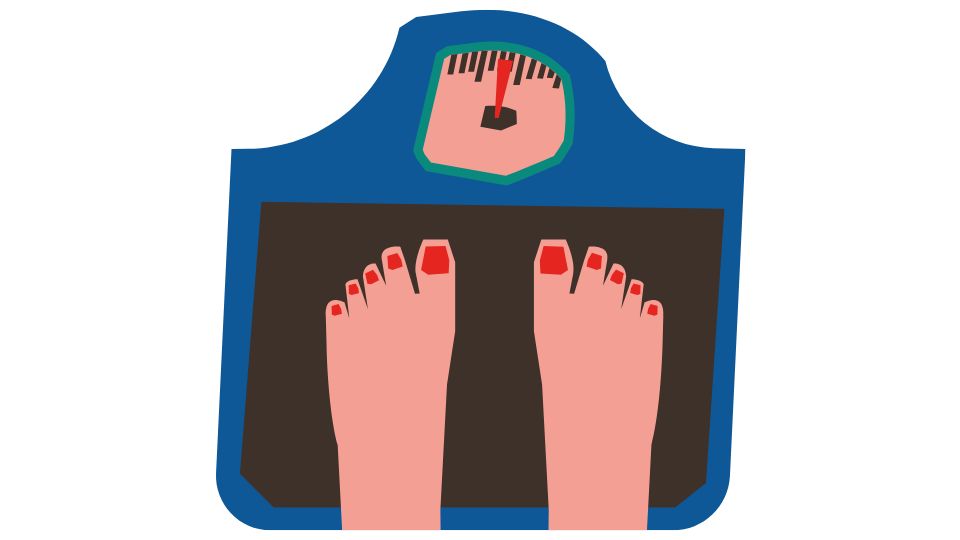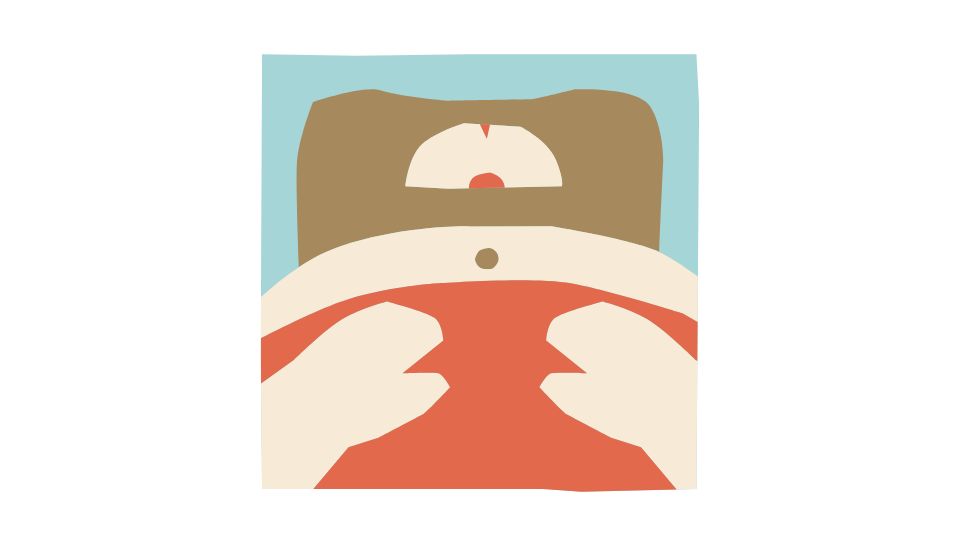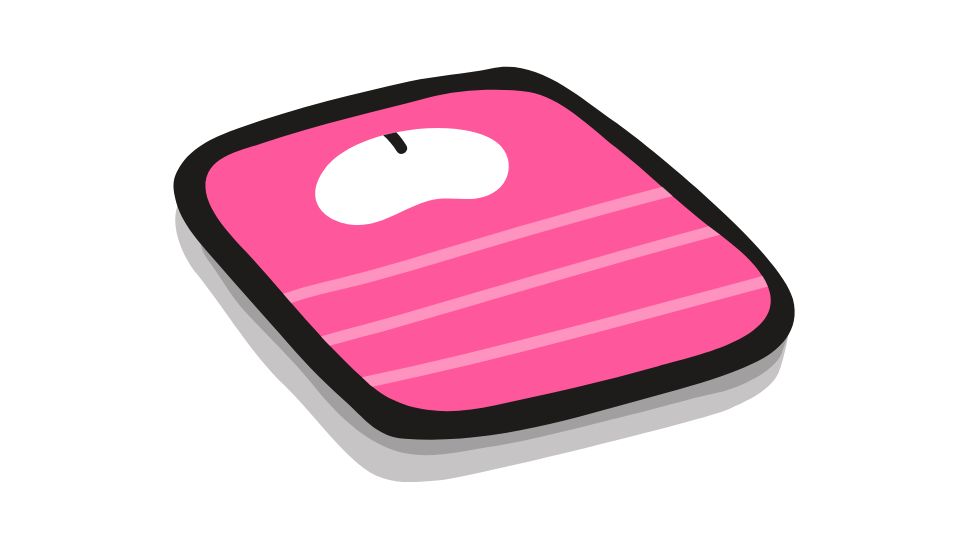Trying to gain weight but can’t keep track of what you eat? You’re not alone. The struggle to pack on pounds is real for many of us.
When I first tried gaining weight, I was eating everything in sight but seeing zero progress. My mistake? I wasn’t tracking my calories consistently.
Turns out, gaining weight is actually pretty simple (though not always easy): eat more calories than you burn, track what you eat, and make sure you’re getting enough protein.
Let’s break down exactly how to meal track your way to healthy weight gain – without spending hours logging every bite.

The Complete Guide to Meal Tracking for Weight Gain
How Many Calories Do You Actually Need?

First things first: to gain weight, you need a calorie surplus – eating more energy than your body burns each day.
Most people need about 300-500 calories above their maintenance level to gain weight consistently without putting on too much fat. But how do you know what your maintenance level is?
Your Total Daily Energy Expenditure (TDEE) is the magic number here. This includes:
- Your basal metabolism (calories burned just existing)
- Daily activity (walking, standing, etc.)
- Exercise
- The energy used digesting food
Finding your TDEE is easy with online calculators that take your height, weight, age, and activity level into account.
Once you have that number, add 300-500 calories to create your daily target. For example:
- TDEE: 2500 calories
- Weight gain target: 2800-3000 calories
Tracking Calories Without Losing Your Mind
Let’s be real – nobody wants to spend 20 minutes logging every meal. The key is finding a system that’s simple enough to stick with.
The most important things to track are:
- Total calories – Are you actually hitting your surplus?
- Protein intake – Aim for 1.5-2g per kg of bodyweight daily to build muscle
- Overall food quality – Getting enough nutrients from a variety of foods
Tools that make tracking easier:
- Meal tracking apps (MealByMeal, MyFitnessPal)
- Food scales (for accuracy when cooking at home)
- Pre-logged meal templates for foods you eat regularly
Pro tip: Track consistently, but don’t obsess over perfection. It’s better to be approximately right every day than exactly right once a week and then giving up!
The Best Foods for Weight Gain (Without Feeling Stuffed)

Not all calories are created equal when you’re trying to gain weight. Some foods are much more calorie-dense, meaning you get more energy without having to eat massive volumes.
Focus on these weight-gain friendly foods:
Protein sources:
- Fatty fish (salmon, mackerel)
- Whole eggs
- Greek yogurt (full-fat)
- Protein powders (for convenient supplementation)
Carbohydrates:
- Rice, pasta, potatoes
- Whole grain breads
- Oats
- Dried fruits
Healthy fats:
- Nuts and nut butters (add to everything!)
- Avocados
- Olive oil and coconut oil
- Full-fat dairy
Remember: liquid calories are your friend when gaining weight. They’re easier to consume and don’t fill you up as much as solid foods. Try homemade weight gain smoothies with milk, banana, protein powder, and nut butter.
Easy Meal Tracking Hacks That Actually Work
The best tracking system is the one you’ll actually use. Here are some practical tips:
1. Plan your meals in advance
Decide what you’ll eat tomorrow and log it today. This makes it much easier to hit your calorie goals consistently.
2. Use the “handful” method for portion estimation
When you can’t measure precisely:
- A palm-sized portion = ~3-4oz protein
- A cupped hand = ~1/2 cup carbs
- A thumb = ~1 tablespoon of fat
3. Create meal templates
Instead of tracking every ingredient separately, save common meals as templates. This saves tons of time when you eat similar foods regularly.
4. Embrace “calorie cycling”
Some days you might be hungrier than others. It’s okay to eat 200-300 calories more on those days and a bit less on days when your appetite is lower. Focus on your weekly average rather than stressing about each individual day.
According to research on nutrient timing, distributing your calories across 4-6 eating occasions per day can help maximize muscle protein synthesis and make hitting your calorie goals easier.
Common Weight Gain Tracking Mistakes to Avoid

I’ve made all of these mistakes, so learn from my experience:
- Not tracking cooking oils and condiments – These can add hundreds of “hidden” calories
- Overestimating portion sizes – Most people are terrible at eyeballing portions
- Weekend inconsistency – Many people track perfectly Monday-Friday but completely abandon tracking on weekends
- Using exercise as an excuse to eat less – Remember, the goal is a surplus!
- Not adjusting calories as you gain weight – As you get heavier, your maintenance calories increase
My biggest mistake? Not being consistent enough. I’d track perfectly for a week, see no immediate results, then give up only to restart the cycle a month later.
Research shows that consistent tracking over time is one of the strongest predictors of success.
Weight Gain Meal Planning Made Simple
Here’s a sample meal plan to hit around 3000 calories with plenty of protein:
Breakfast (750 calories):
- 3 whole eggs scrambled with cheese
- 2 slices whole grain toast with butter and avocado
- 1 cup whole milk
- 1 banana with 2 tbsp peanut butter
Mid-morning Snack (350 calories):
- Protein shake with whole milk
- Handful of mixed nuts
Lunch (750 calories):
- 6oz chicken breast
- 1 cup cooked rice
- Roasted vegetables with olive oil
- 1 cup Greek yogurt with honey
Afternoon Snack (400 calories):
- 2 hard-boiled eggs
- Apple with almond butter
- String cheese
Dinner (750 calories):
- 6oz salmon
- Sweet potato with butter
- Side salad with olive oil dressing
- 1 cup cooked quinoa
The beauty of meal planning is you can adjust portion sizes to hit your specific calorie targets. As explained in this comprehensive guide to meal planning, preparing food in advance makes sticking to your nutrition goals much easier.
How to Know If Your Tracking Is Working

Weight gain tracking only matters if it’s producing results. Here’s how to measure your progress:
- Weigh yourself 2-3 times per week in the morning after using the bathroom
- Take the weekly average (not daily fluctuations)
- Aim for 0.5-1 pound gain per week (faster gains often mean more fat accumulation)
- Take monthly progress photos in the same lighting and poses
- Track strength gains in the gym (if you’re resistance training)
If you’re not gaining after 2 weeks of consistent tracking, increase calories by another 200-300 per day.
In conclusion, successful weight gain comes down to consistency with your tracking, hitting your calorie surplus, and ensuring adequate protein intake. The method doesn’t need to be perfect – it just needs to work for your lifestyle.
Remember that proper resistance training alongside your nutrition plan will ensure most of your weight gain is muscle rather than fat.
Combine smart tracking with progressive overload in the gym for the best results.
Now go eat something! Your future gains are waiting.




Leave a Reply